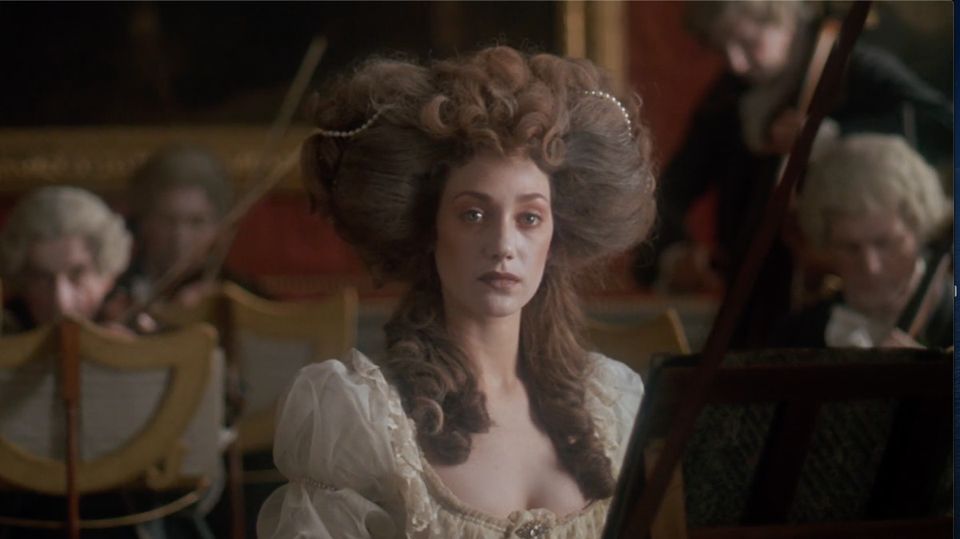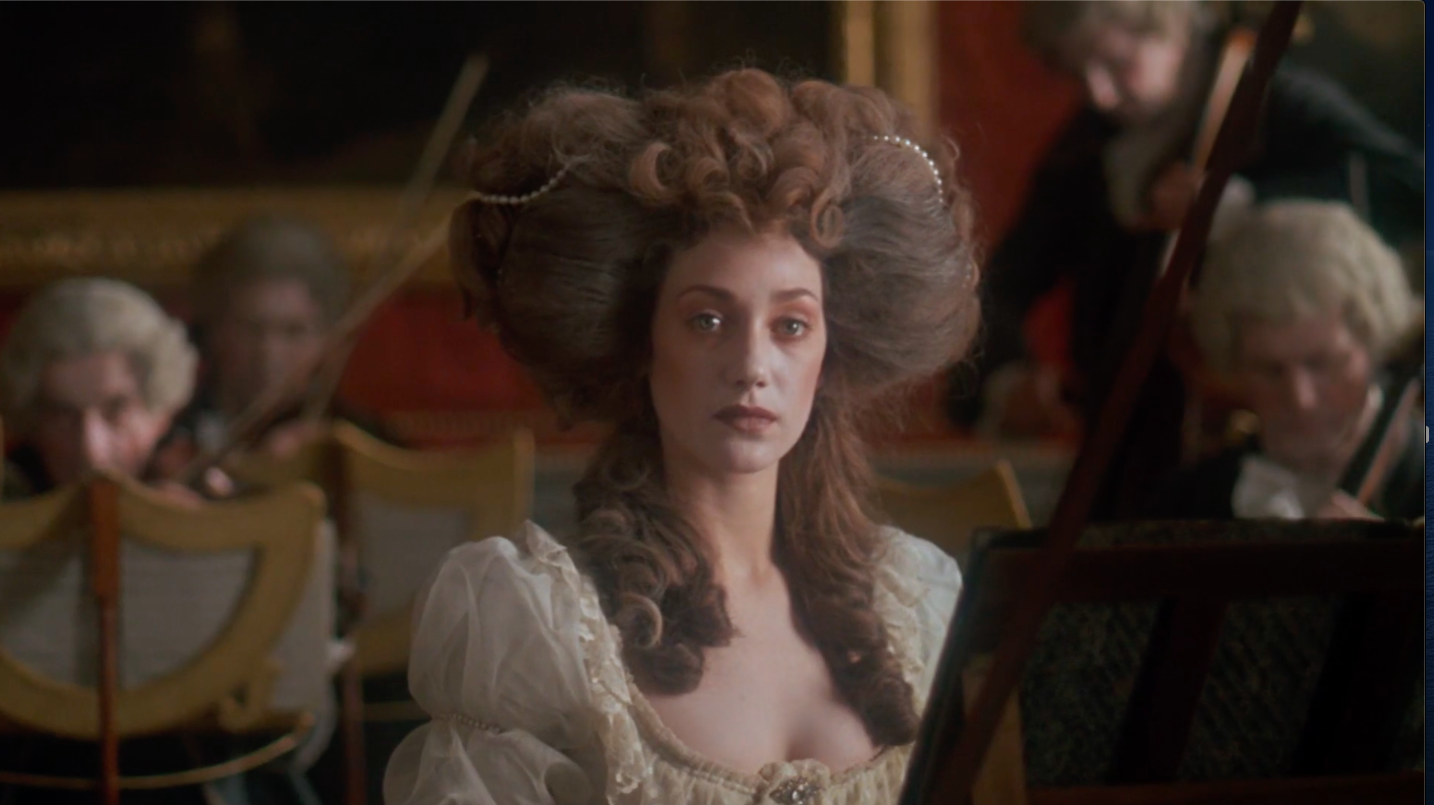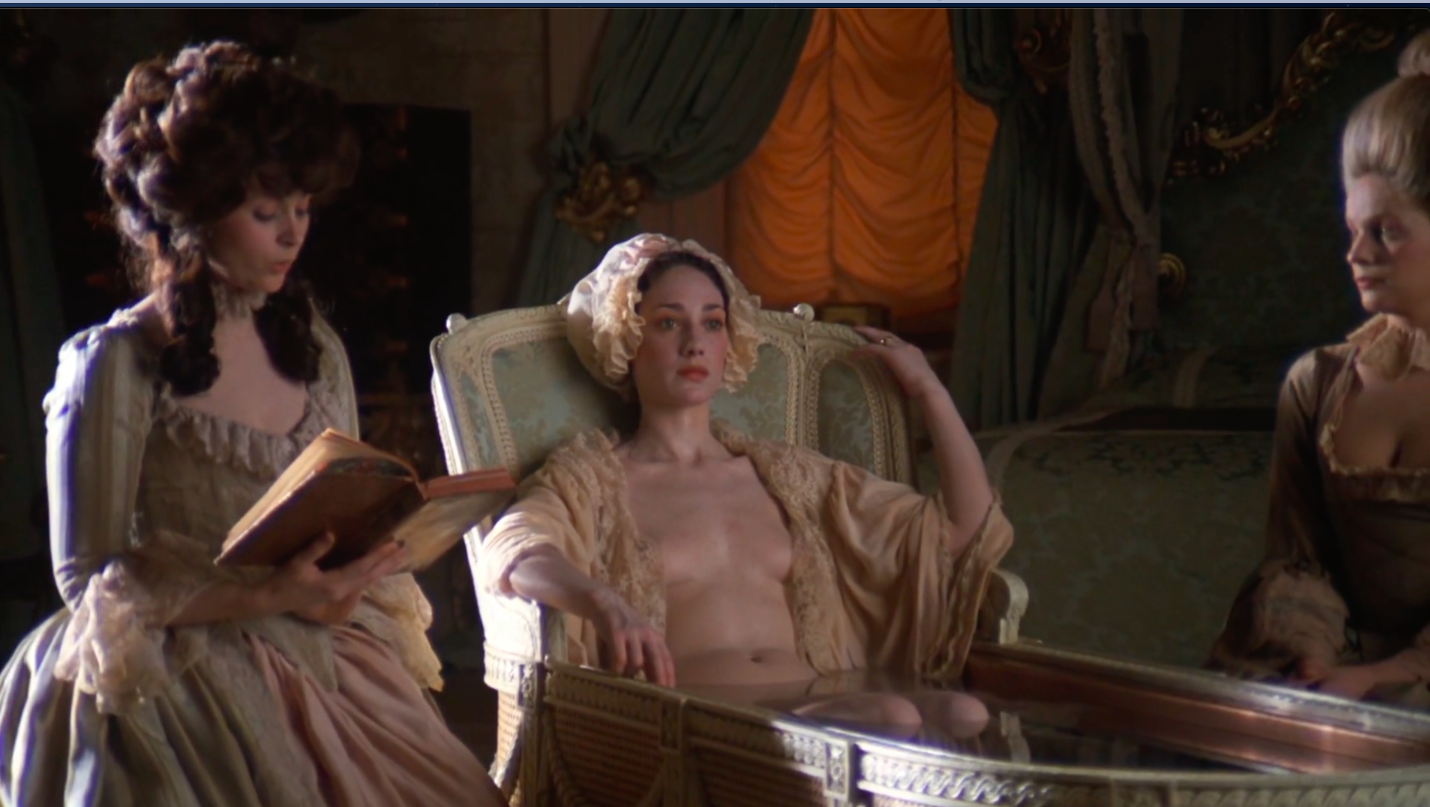Crying for help in Barry Lyndon

Barry Lyndon isn’t his name, or at least it’s not the name it looks like. The protagonist of Kubrick’s film and Thackeray’s novel is called Redmond Barry; when he marries his aristocratic wife, he takes her name, along with everything else she owns. “Barry Lyndon” is a pair of surnames, a double barrel. He loses the “Redmond,” too, so that eventually, surnames are all he has. It’s suitable for a character who doesn’t have an inner life to speak of. I always just want to call him Barry, because — with apologies to any Barries who may be reading this — it’s a great name for a bad stepdad, and he’s such a bad stepdad that his stepson has to shoot him.
Ryan O’Neal plays Barry in the film, and he knows what he’s doing. His Irish accent is indifferent and his performance bland, but he has the perfect look — plushly handsome, big simple muscles — and blandness is what’s called for. Barry is a bit of fluffy hair, a narcissistic cipher. Oh, sure, he has many virtues. He’s tough, clever, cool under pressure, he cleans up well. But his real weapon is that empty personality, which sets the final touch on him: it makes him agreeable, gives him sticky feet to climb with. Again and again, all this gets him into some comfortable situation which he plays for a few years before blowing it up. Just nearby, every moment of his life, there’s someone slightly prettier or richer or more powerful whose company Barry feels he deserves more.
But this isn’t about Barry (soldier, cardsharp, and European adventurer though he may be). It’s about his wife, Lady Lyndon, played magnificently by Marisa Berenson.

Here are the things I know about Lady Lyndon:
- She is a society beauty, unimaginably wealthy, apparently a countess in her own right; nonetheless, when we meet her, she is an old diplomat’s trophy wife. When he dies of witticisms, she leaps at the chance to marry Barry, a hot piece of ass.
- She has an absolutely subterranean personality, rarely speaking or changing her expression. She is driven even further underground by her new husband’s immediate turn to abuse and gaslighting, taking advantage of her depression to trap her in an isolated, gray world where the only activities are signing checks and walking quietly with her elegant cartoon cat of a chaplain, Reverend Runt. (Barry has no reason to do any of this, and does it solely from cruelty; she adores him, and is prepared to give him anything he wants.)
- She is totally under Barry’s control and committed to enabling and defending him.
- She plays the harpsichord.
- She has a face.
- Her wigs are auxiliary brains that store extra resentment and grief.
I call her personality “subterranean,” but of course it’s not quite that; her personality is a seed or a bulb. You can see that from her birth, it’s been actively prevented from growing. Everything about her — the colors of her makeup and her clothes and her hair — is autumnal, a plant dried by being hung upside down in the kitchen. The one apparently independent decision she ever makes is to marry Barry, and that ruins her life; she ends it suspended in a permanent conservatorship, under the more or less benign rule of the son she disowned for Barry’s sake. But why wouldn’t she fail? It’s her first life decision; she’s been set up for it.
Period pieces often tell the story of this kind of damaged noblewoman, and they generally let her down in one of two ways. One, she can be contrasted with a pluckier woman who picks the lock of the gilded cage, and thus reveals that anyone can pick it, which means the first woman’s problems are her own fault (not enough pluck). Two, she can be deprived of all personality, through sheer poverty of writing, and dismissed by the lazy writer as a sad case of a thwarted woman — her lack of decent lines doesn’t come from bad craft, you see, but from the world’s cruelties.
Lady Lyndon is failed in neither way. Berenson conveys a depth of intelligence, of sarcasm, of sorrow, behind Lady Lyndon’s waxen face. You can see that there’s something in there, a mad moth throwing itself against a luminous wall. Kubrick gives her only a handful of lines, but it doesn’t feel like underwriting so much as giving Berenson a lot of room to work — she’s often called upon to confirm or deny the narrator’s judgements using only her face. Berenson is a model as well as an actor; she brings a model’s razor control and mastery of pose to a character who has no recourse but to style herself for the camera.
In one of her most memorable scenes, Lady Lyndon is in a sitting bath, surrounded by her maids. She wears a fluffy cap and a ridiculous peignoir which trails in the water; the bath is upholstered, equally ridiculously, in brocade like an armchair. The maids read, breathe, comport themselves like human women. Lady Lyndon, in contrast, doesn’t move. She doesn’t breathe. She doesn’t blink. Her body appears to be made of wax, on the dangerous verge of melting in the hot water. The effect is profoundly unnerving to watch. You ask yourself if she is a wax model; you ask yourself if she’s dead. She holds this pose for thirty seconds before you see her take one very shallow breath, but after waiting so long for something to happen, you almost convince yourself that you’re imagining it.

Lady Lyndon, bored and with no other option, gaslights you.
Berenson makes a wealth of these fleeting, magicianly choices. In the scene where she asks Barry not to smoke in their carriage and he blows smoke in her face, she takes it lightly, glamorously, as if the smoke is perfume being wafted towards her during a fashion shoot; she gives Barry a very faint smile, full of adult understanding, and then turns to the window and ages ten years. She does all this with the smallest muscles she has and with careful use of the light.
If you have three hours on your hands, you should watch Barry Lyndon. It’s an act-off between two opponents so evenly matched that their wrestling arms don’t appear to move. It’s a dazzle of rococo camp. It’s the story of a man traumatized by war and even more damaged by his own entitlement, but more than that, it’s the story of a woman who’s dead inside, and her attempts to contact the audience for a help that’s not coming.